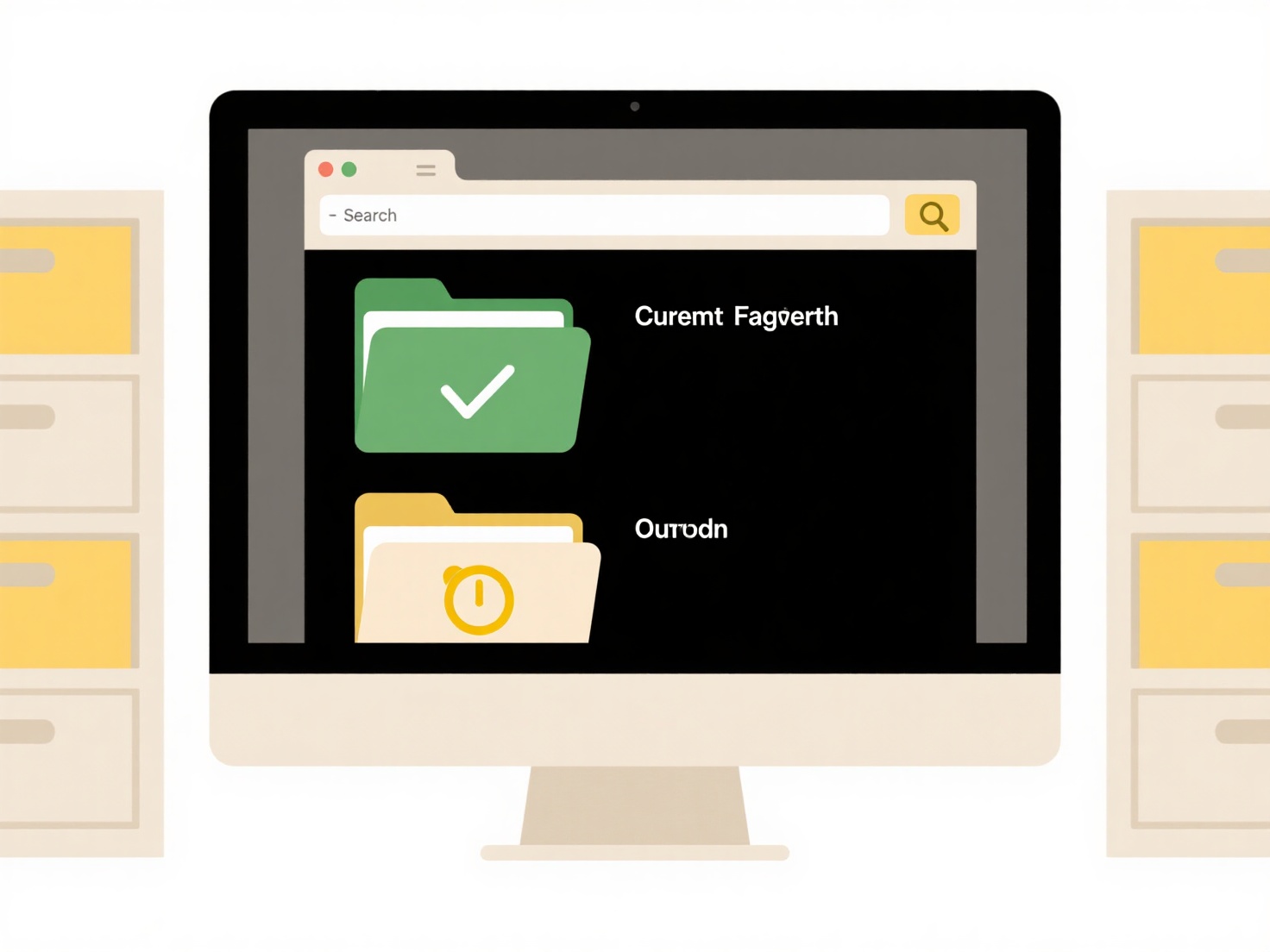
Cloud security against ransomware primarily relies on the provider's infrastructure and your configuration choices. Unlike local files, cloud storage uses robust encryption (both in transit and at rest) and benefits from advanced threat detection systems scanning for malicious activity. Crucially, reputable providers maintain extensive, immutable backups and version histories. This means that even if ransomware encrypts your synced files, you can typically restore clean copies from a point before the attack occurred.

For example, healthcare organizations use platforms like Microsoft Azure or AWS to store sensitive patient records, relying on built-in versioning to quickly recover from any ransomware incidents that bypass endpoint security. Similarly, financial service firms implement multi-factor authentication and strict access controls within cloud storage like Google Cloud Storage or Dropbox Business to prevent attackers from gaining entry in the first place and corrupting files.
While cloud storage significantly reduces ransomware risk compared to local storage, success hinges on proper configuration: enabling versioning/backups, using strong access controls, and training users on phishing scams. Human error remains the weakest link. Providers continuously enhance security with AI-driven anomaly detection and automated recovery, making cloud storage a resilient defense against this evolving threat. Adoption is growing as businesses recognize these inherent protective advantages.
How secure are my cloud files from ransomware?
Cloud security against ransomware primarily relies on the provider's infrastructure and your configuration choices. Unlike local files, cloud storage uses robust encryption (both in transit and at rest) and benefits from advanced threat detection systems scanning for malicious activity. Crucially, reputable providers maintain extensive, immutable backups and version histories. This means that even if ransomware encrypts your synced files, you can typically restore clean copies from a point before the attack occurred.

For example, healthcare organizations use platforms like Microsoft Azure or AWS to store sensitive patient records, relying on built-in versioning to quickly recover from any ransomware incidents that bypass endpoint security. Similarly, financial service firms implement multi-factor authentication and strict access controls within cloud storage like Google Cloud Storage or Dropbox Business to prevent attackers from gaining entry in the first place and corrupting files.
While cloud storage significantly reduces ransomware risk compared to local storage, success hinges on proper configuration: enabling versioning/backups, using strong access controls, and training users on phishing scams. Human error remains the weakest link. Providers continuously enhance security with AI-driven anomaly detection and automated recovery, making cloud storage a resilient defense against this evolving threat. Adoption is growing as businesses recognize these inherent protective advantages.
Quick Article Links
How do I enable comment-only access in shared documents?
Comment-only access restricts collaborators to adding feedback (comments, suggestions) within a shared document but prev...
How can I log export actions for traceability?
Logging export actions involves systematically recording details whenever data is copied or moved outside a system, like...
How do I search a backup archive for specific files?
Searching a backup archive involves locating specific files or folders within copies of your data stored for recovery pu...